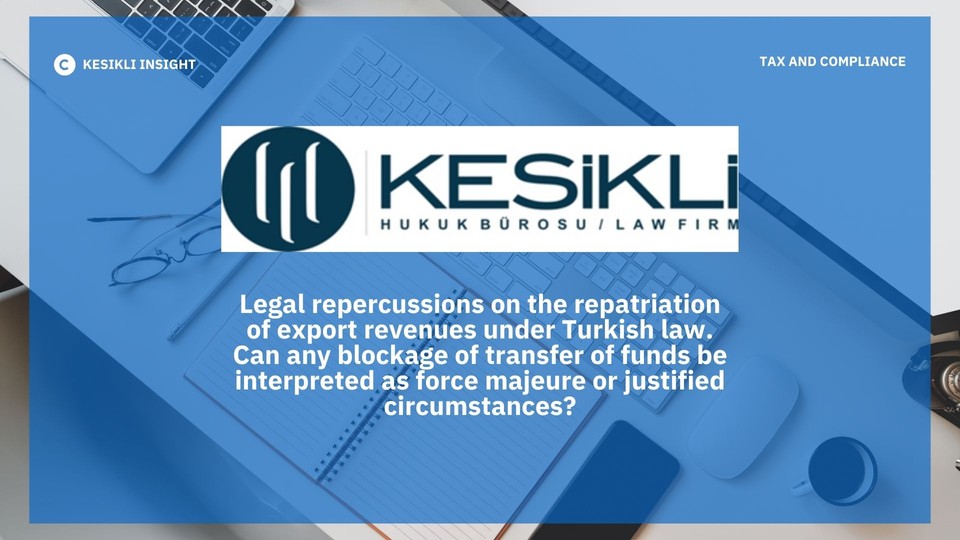UPDATE ON TURKSTREAM GAS PIPELINE PROJECT
The Treaty between the Government of the Republic of Turkey and the Government of the Russian Federation concerning the TurkStream Gas Pipeline Project (“Treaty”) was signed on 10/10/2016. It was ratified by the law No 6765 on 24/12/2016, published in official gazette no 29928 and became effective on 21/02/2017. The Treaty envisages further enhancing comprehensive economic partnership and strategic cooperation between the Republic of Turkey and the Russian Federation by commencing the construction of a new gas pipeline system running from the Russian Federation across the Black Sea and further across the territory of the Republic of Turkey.
In pursuit of energy security, Turkey seeks to diversify the routes of supply of natural gas. For this reason, Turkey has been a party to several energy supply agreements in the region some of which are Russian-Turkey Natural Gas Pipeline (West Line), Blue Stream Gas Pipeline, Eastern Anatolian Natural Gas Main Transmission Pipeline (Iran – Turkey), Baku – Tbilisi – Erzurum Natural Gas Pipeline, Trans – Anatolia Natural Gas Pipeline Project (TANAP), Turkey – Greece Natural Gas Interconnection and Turkish Stream Gas Pipeline.
Our article dd 4/11/2015 (https://www.kesikli.com/tanap-a-long-awaited-gas-pipeline-project-and-turkey-as-a-prospective-influential-actor/) overviewed some of the abovementioned pipeline projects while focusing on TANAP. Some of the pipeline projects in the region have been completed and in operation while the rest is under construction.
PROJECT OVERVIEW
TurkStream Gas Pipeline Project (“The Project”) is a new gas pipeline project with a capacity of 31,5 billion cubic meters per annum for two lines, starting from the Russkaya compressor station (Anapa) in Russian Federation across the Black Sea to the receiving terminal on the coast of the Republic of Turkey (Kıyıköy). The pipeline continues throughout the Turkish land and reaches the border with its neighbouring countries. TurkStream consists of four sections being two offshore and two onshore. The length of the offshore section from Anapa to Kıyıköy is 930 km. The offshore pipe-laying works are carried out by Pioneering Spirit; the largest construction vessel in the world.
There are three companies, being onshore section 1 company, onshore section 2 company and offshore section company involved in construction of the whole pipeline project. The Turkish participant of the onshore section 1 company (BOTAŞ-Petroleum Pipeline Company and/or its affiliate(s)) is a legal entity which is in charge of designing, constructing, operating and owning the onshore section 1. BOTAŞ has one hundred (100) per cent share in its charter capital. Likewise, the Russian participant of the offshore section company (PJSC Gazprom and/or its affiliate(s)) has one hundred (100) per cent in its charter capital. The participants (Turkish and Russian) of the onshore section 2 company have fifty/fifty (50/50) per cent in its charter capital. Article 4 of the Treaty explains the division of shares in detail.
As we have noted before, the length of the pipeline is 930 km and it runs through the Black Sea from Russian waters to Turkish waters. The length of the pipeline that falls to the Russian Exclusive Economic Zone is 230 km while the Turkish Exclusive Economic Zone part is 700 km. According to TurkStream web site, the first pipeline of the TurkStream Offshore Gas Pipeline entered the Turkish Exclusive Economic Zone (EEZ) on 4 November 2017 which meant the construction work within Russian Exclusive Economic Zone was completed concurrently. Approximately 25% of the offshore pipeline part has been completed and the first gas flow is anticipated in December 2019.
RECENT COMMUNIQUE REGARDING THE TREATY
The Communique published in the Official Gazette on 02/02/2018 sets forth explanations regarding the application of the provisions relating to VAT, excise duty, income and corporate tax, stamp duty, property tax, resource utilization support fund and land registry tax in line with the Article 9 of the Treaty. The tax provisions in the Agreement are aimed at exempting the Parties from several taxes in order to support operations related to the implementation of the project.
Let's Get Connected!



